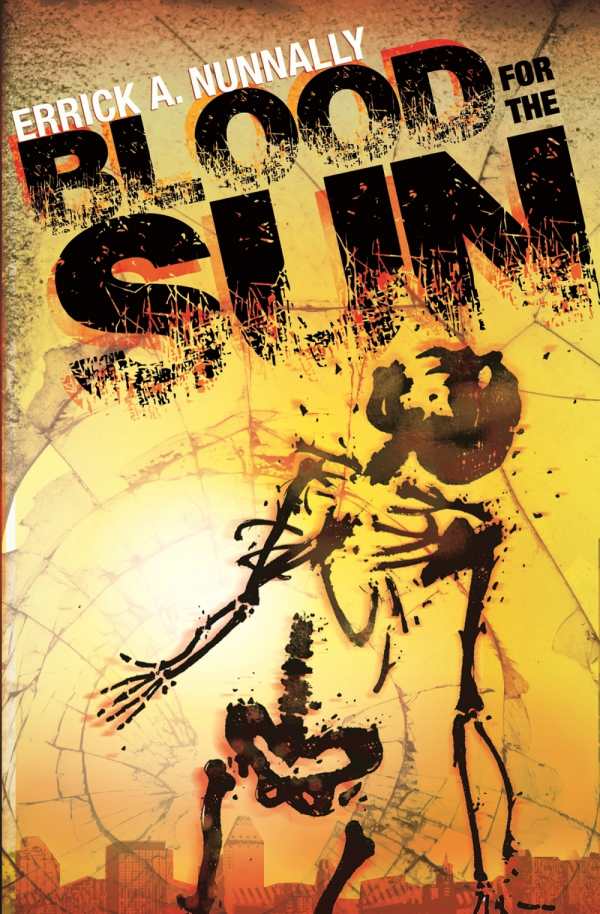Blood for the Sun
The werewolf-vampire conflict is the backdrop to this paranormal mystery, but the writing elevates this tale to more than just a skillful blend of genres.
In this urban fantasy novel, Alexander Smith lives in an alternate Boston where all things supernatural coexist with the natural world. He assists the Boston police department in solving murders when his contact, Detective Roberts, calls him in. Alex’s skills are most often used when Roberts gets a hint of the supernatural about a case. Alex is 140 years old, and he knows a lot about the paranormal—he’s a well-educated, memory-losing werewolf with an adopted daughter, Ana. Blood for the Sun is not just a werewolf novel—that’s only a part of its attraction.
Alex’s adopted daughter, Ana, is his lodestone back to humanity. His lycanthropic instincts are contained by his strong will, his love for Ana, and his consulting work with the Boston police. Hunting murderers is, for him, very like hunting prey. The ongoing memory loss may seem a minor flaw in his character, but he has very little control of it; it’s something that could get him killed if he doesn’t work to counter its effects.
Errick A. Nunnally is a former marine, an art enthusiast, a martial arts student, and a trained graphic designer. This is not his first publication, which is quite obvious in the high quality of his writing. His work wouldn’t be out of place next to that of Tananarive Due or Steven Barnes, which is a true and deserved accolade for a first-time novelist*.*
Nunnally’s writing is cohesive and balanced, and the novel seems built from the characters and their lives rather than a “what if” idea. The initial focus is on the murder case that introduces the story, while a parallel focus on a brewing major conflict between humans and vampires joins and enriches the story’s flow. The novel’s rock-solid structure comes from all its components blending into a seamless work; no one element is noticeably stronger than the others.
Blood for the Sun is a paranormal murder mystery, similar only in its subgenre to other books of that ilk. Its greatest fault is that it wasn’t published sooner.
Reviewed by
J. G. Stinson
Disclosure: This article is not an endorsement, but a review. The publisher of this book provided free copies of the book to have their book reviewed by a professional reviewer. No fee was paid by the publisher for this review. Foreword Reviews only recommends books that we love. Foreword Magazine, Inc. is disclosing this in accordance with the Federal Trade Commission’s 16 CFR, Part 255.

